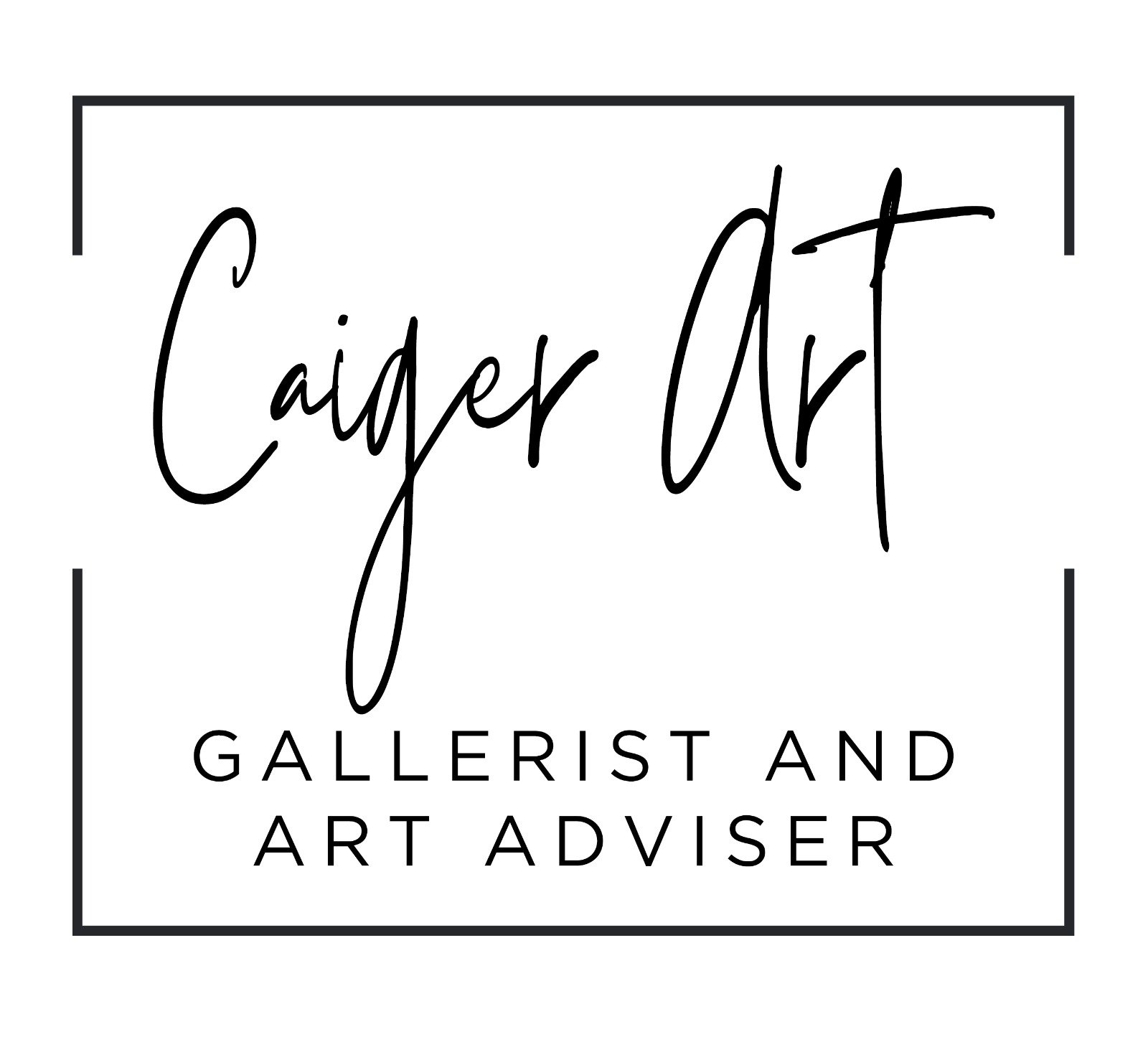Artist In The Spotlight:.....Stephen Whatcott
The bold and striking monochrome structural forms present in Stephen Whatcott’s minimalist, abstract expressionist paintings concentrate on qualities such as truth, order, simplicity and harmony.
The emotional impact of the image is always the primary focus of these paintings. Ranging from great, colossal walls of paint to more free-flowing expressive forms, they are built up in many textured layers and composed largely intuitively. The paintings are physical, both in technique and presence, but ultimately attempt to communicate on an emotional level. We recently put Stephen under the spotlight to find out more about his inspiration and techniques….
Carol: What is the inspiration behind your artwork and how does it relate to your pieces?
Stephen: It’s all about making a connection. Every painting I produce aims to invoke an emotional response. The music I listen to and connect with the most always has a certain level of intensity to it. And that’s the approach I take with painting. I always compare them to music and how they size up against that same intensity or feeling. It’s art made by a human being trying to connect with you.
Carol: When did you know you were going to be an artist?
Stephen: I don’t think there was any particular moment when I knew I was going to be an artist. I think it was more that there was never a time when I wasn’t going to be doing something creative. Having said that, there was a specific moment when I started to put more energy into becoming a painter. Back in 2010 I was four years into a really decent design job, but after the company I worked for went under, and my job with it, it was a case of now or never. That kind of kick started everything.
Ceallach by Stephen Whatcott
Carol: What artist inspires you?
Stephen: The list is pretty endless, and each artist inspires something different. The main group I look to are the Abstract Expressionists of the ‘50s and ‘60s and the minimalists that followed on from them. Jackson Pollock and Franz Kline have always been huge to me. The further down the road of my career I get, the more important Barnett Newman and Clyfford Still become, Helen Frankenthaler and Kenneth Nolan, too. It’s their ‘all-over’ painting that I aspire to. I’m still working on it, of course. Outside of visual art, it’s Punk Rock all the way.
Carol: - How do you start your pieces?
Stephen: I’m always sketching thumbnail images in my sketchbook which tend to be pretty minimalist. I feel like it wouldn’t be genuine if I sketched out some sort of gestural composition: those paintings have to be made in the moment. The paintings themselves sometimes follow these ideas and sometimes break away from them, or I use them as starting points for improvised compositions.
Hiraku by Stephen Whatcott
Carol: Can you tell us about your process?
Stephen: I paint in fairly heavily applied layers with each layer responding to the one before it. After four or five layers I’ll dirty the white to take away that stark look, this will also bring out the details in the paint and give it a grungy, worn appearance. Then I’ll apply the black. What I paint at that point is sometimes pre-determined, sometimes not. It often depends on whether or not the initial idea changes as I’m working as some ideas work out and some don’t. The ones that don’t work are pretty soul-destroying but thankfully they can be changed and used to generate a new image. These often turn out to be the better paintings.
Carol: How long does it take to complete a piece?
Stephen: Due to drying times, I often have to wait over twelve hours for each layer to dry, depending on the time of year. Generally speaking a painting will take somewhere between five and seven days to complete.
Fautave by Stephen Whatcott
Carol: Do you have a typical question that everyone asks you about your work?
Stephen: Why always black and white? And the answer is: because I’m free to do so.
Mai by Stephen Whatcott
Carol: What is your studio like and where is it?
Stephen: I currently paint out of my garage which is dusty with exposed brickwork and pretty cramped. I intend to get a bigger studio in the future. But it’s ok at the moment.
Carol: What do you like doing when you are not creating?
Stephen: My wife and I have two kids under the age of ten so they take up all of the free time we have. We live in the north Cotswolds so we go walking or biking as often as we can. Other than that downtime usually consists of reading and listening to music or watching films.
Akasha by Stephen Whatcott
Carol: What is your perfect weekend?
Stephen: If it were possible to be out exploring during the day and then meeting up with friends in the evening for food and drinks then I’d be pretty happy. A nice balance of the great outdoors, socialising but also some breathing space in between would be ideal.
Red Door by Stephen Whatcott
Carol Caiger
About Us
Hi I’m Carol. Let me help you get that perfect abstract artwork for your home to reflect your personality! At Caiger Art we sell amazing artwork in our online shop & offer a great art advisory service.
Why not browse our artwork here








